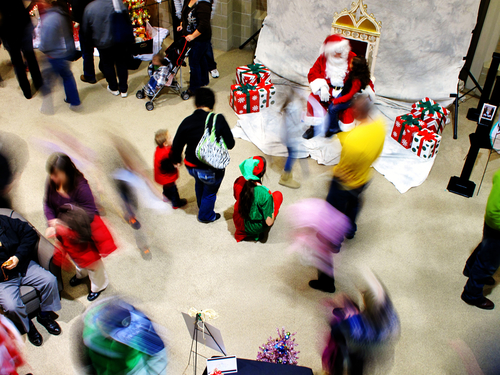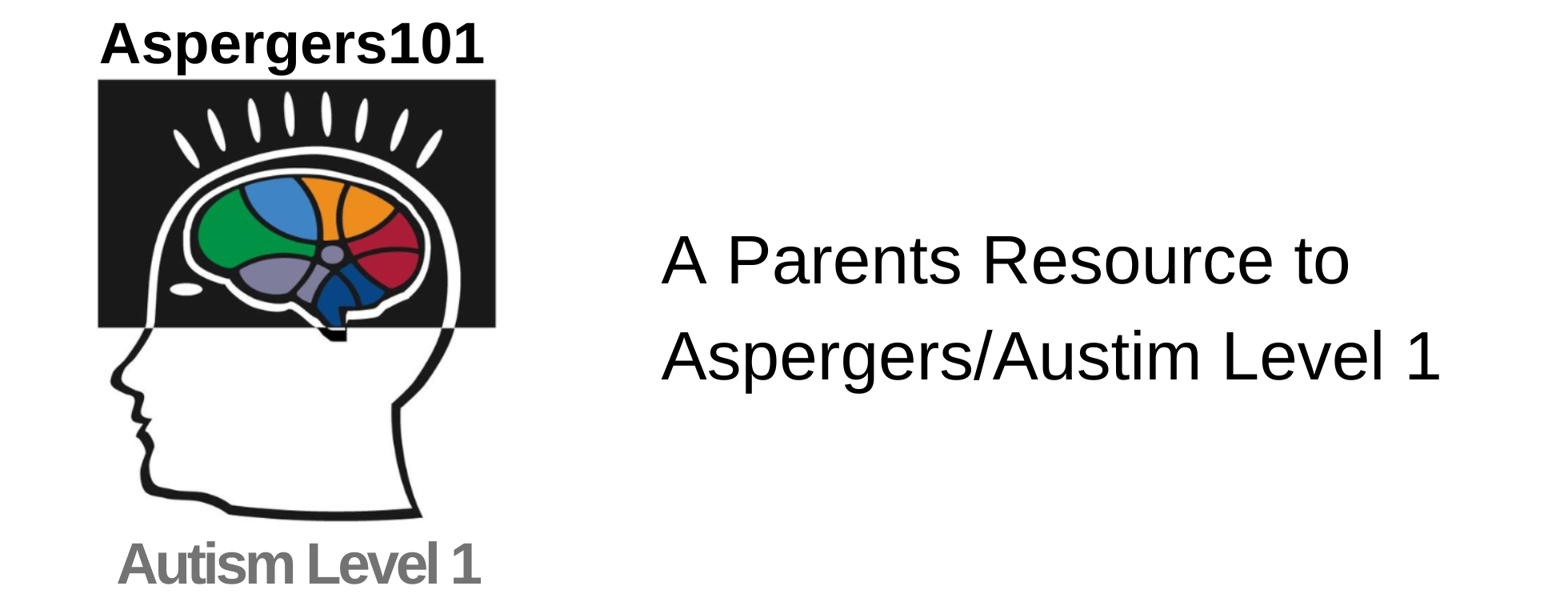We are entering the holiday season! For most people, that’s the best time of the year! We get to see friends and family we don’t often see. We get to enjoy foods we don’t normally eat. We get to go to parties and events and activities. There are lots of noises and lights and smells. We have time off school and work.
And your child with social learning challenges has been dreading this time of year for months.

For most people with social challenges, it’s the worst time of the year. They have to see friends and family they don’t often see, and they are expected to be‘socially appropriate’, or at least ‘social’. They are expected to ‘try’ a bunch of foods they don’t like and don’t want. (What? No chicken nuggets??) They have to go to parties and events and activities they don’t want to go to. There are overwhelming noises and lights and smells. The schedule is unpredictable because of time off school and work.
Here are some tips to help you and your child prepare for holiday events and activities. While the wording in this article is geared toward parents of children with social learning challenges, all the tips are equally applicable for adults with social learning challenges as well.
Before the event:
1. Create goals
Creating goals gives an activity a purpose. Just like creating goals for a workout session or a work project, goals help us see a purpose in something instead of it just being something else we have to do. At Starfish Social Club, we laminate our goals and keep them on the board so we can check in with them throughout our class. Both teachers and students can mark their goals so there is a lot of positive feedback. I have seen that sometimes just creating awareness of a goal results in immediate progress. Sometimes it’s something the student wasn’t aware of before we talked about it, or they just didn’t think about doing it until it was put in writing up on the wall.
Create goals with your child, not for them.
Some ideas that are simple to neurotypical brains but not so much for atypical brains include greeting others, making a related comment when someone is talking, asking someone a question, and identifying something about someone that leads to a conversation (a character on their shirt, cool shoes, a book they are reading, etc.). All these are things that I see students struggle with, but they are fairly easy to add to their social repertoire once we are aware of them and have a goal to produce the behavior.
2. Re-frame emotions
I recently heard a motivational speaker talk about the connection between anxiety and excitement. The physical symptoms (heart racing, extra movement, warm body) are the same. But we think of anxiety as negative and excitement as positive. Her advice was to trick your brain into being excited about things that normally make you feel anxious. I used this trick during a recent visit to the dentist, and it worked! Our brains do what we tell them, and we create so many of our own anxieties by letting our brains run away with negative thoughts. Teach your child to re-frame anxieties as excitement.
For example, practice saying things like, “I’m so excited to go somewhere new! I’m excited to be around people I don’t know!” This will take some dramatic acting. But even that process can be fun and can move our emotions from negative to positive because of the humor involved in dramatic acting.
3. Visualization
Visualization is the process of using mental imagery to simulate an event or activity. Have your child close their eyes and talk through the event with them. What does it look like as you enter the event? If you have never been there before, what do you imagine it looks like? Visualize your child’s goals:
“I see you saying hello to people when you walk in. That’s one goal met already! I see you looking around the room to see who is there and what they are doing. I see you noticing something about someone that you have in common.”
End with a positive outcome: “I see us leaving the event at the perfect time. You worked on all your goals. I am glad we went.” You can do this multiple times. You may even do it in the car in the parking lot before entering the event!
During the event:
1. Read the room
When you enter the event, talk your child through the process of reading the room. Who do you see? Do you recognize anyone? What are the people in this area doing? What about the people over there? Where are the restrooms? Is there food here? If you want to eat, where does that happen? If you need a break, where can you go? Is this a loud event or a quiet event?
2. Track your child’s goals
It may be helpful to have these on the notepad in your phone. This allows you to track them throughout the event. You can use emojis as markers (smiley faces or hearts or your child’s favorite animal) for a special touch. I track goals as ‘independent’ or ‘with prompts/reminders’ to document when the concept becomes natural enough for the child to remember on their own.
3. Leave while you’re ahead
Take your leave when your child is doing well. When you notice things are going well, talk to them about finding a stopping place, either chronologically (in 5 minutes) or activity-based (when the game is done).
This seems counter-intuitive. Why would you leave when things are going well?
First, you don’t want your child to be pushed past their breaking point. Often that line is very thin. Your child is doing well, and then all of a sudden they are definitely not. We want to catch them before the tide turns. Second, we want our child to have positive memories of the experience. We have a way of compartmentalizing experiences and remembering the negative emotional aspects much more strongly than the positive. If your child crosses the line and ends up having a meltdown, that’s what they will remember about the activity. It was too loud,we were there too long, that child didn’t share, etc. We want our children to remember cool things that happened and how well they did. That’s why we cut and run when things are good.
I recently started teaching a kid and family yoga classes. During one family class, a 4-year-old boy became frustrated with his perceived inability to do what the class was doing. He became pretty upset and was verbalizing frustration about not being good at yoga and not wanting to stay. I was having an internal dialogue trying to decide whether to keep doing what we were doing until we were done, or whether to move on to our fun game, which I knew he would enjoy. I chose to keep doing our current activity. He was able to come back to it and try again, and we ended the activity very successfully before moving on to our game.
When talking with his mom about it later, I realized how important it was for him to finish the activity successfully. If I had moved on to the game, he would always have a negative impression of that activity and probably of yoga in general. Instead he loved the rest of the class and even stayed after to continue playing some of the games. I cannot overstate the importance of leaving on a good note. We tend to want to make the good times last as long as possible, but it is often not worth the risk.
After the event:
1. Gratitude
Cultivating a spirit of gratitude has been shown to make us healthier, physically and mentally. After an event is a great time to practice this. Think of everything you can be grateful for related to the event.
“I’m so grateful we got to see….” “I’m so grateful we got to eat ….” “I’m so grateful that you ….”
Help your child come up with 3 things they are grateful for related to the event, even if they are very basic.
2. Payoff
Often our kids are reluctant to do things that they view negatively for more than one reason. The obvious reason is because they view it negatively. But another common reason is because they are missing ‘their’ time. Often this means video game time, or iPad time, or Youtube time. Allow your child to have this time after the event. Maybe even more than usual. This takes the power away from the excuse but it also reinforces your child for working hard at something that is difficult for them.
Wishing you and your family well as you try these tips at your next holiday event!
by Stephanie with Starfish Social Club
http://www.starfishsocialclub.org/
A graduate of Abilene Christian University, Jennifer had a long career in TV Broadcasting. Upon learning her oldest son Sam had a form of Autism called Asperger’s Syndrome, she left her career and became a full-time mother to both of her sons. Jennifer elicited the participation of her family and together they produced several independent programs including a children’s animated series titled Ameriquest Kids, as well as a documentary and book titled, Coping to Excelling: Solutions for School-age Children Diagnosed with High-Functioning Autism or Aspergers Syndrome. She formed the nonprofit Asperger101 to provide on-going free resources related to ASD at Aspergers101.com and has implemented the Texas Driving with Disability Program and continues to grow the statewide initiative today. She and her husband have recently retired to their property in the Texas Hill Country.


